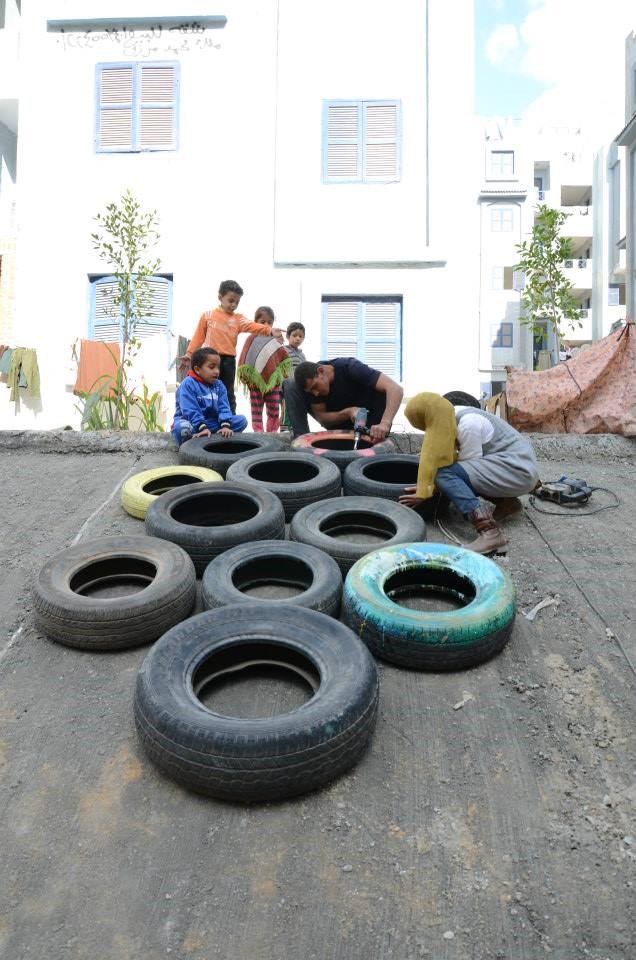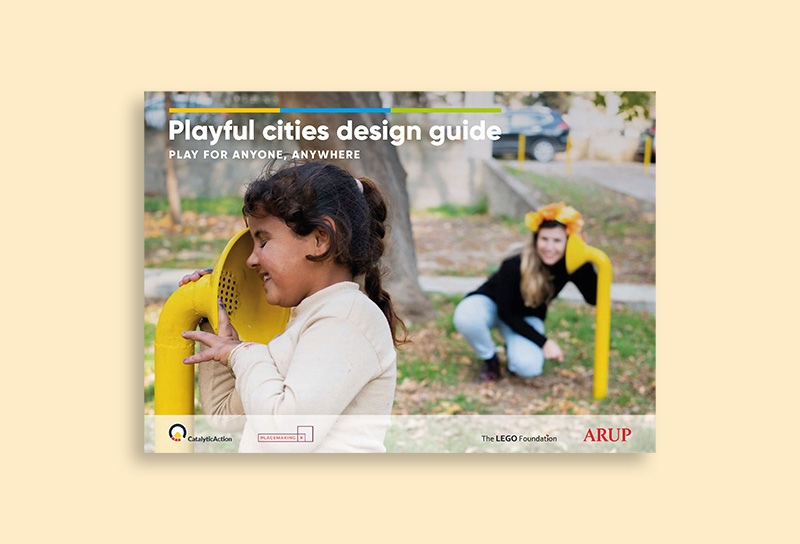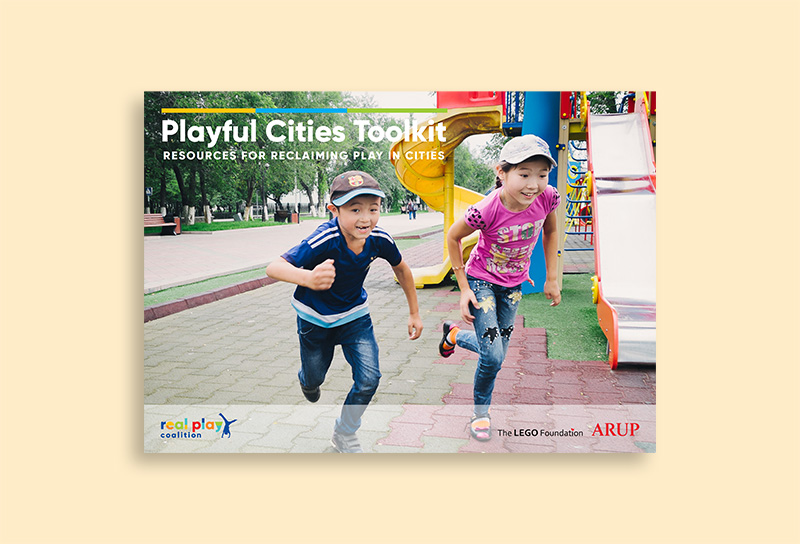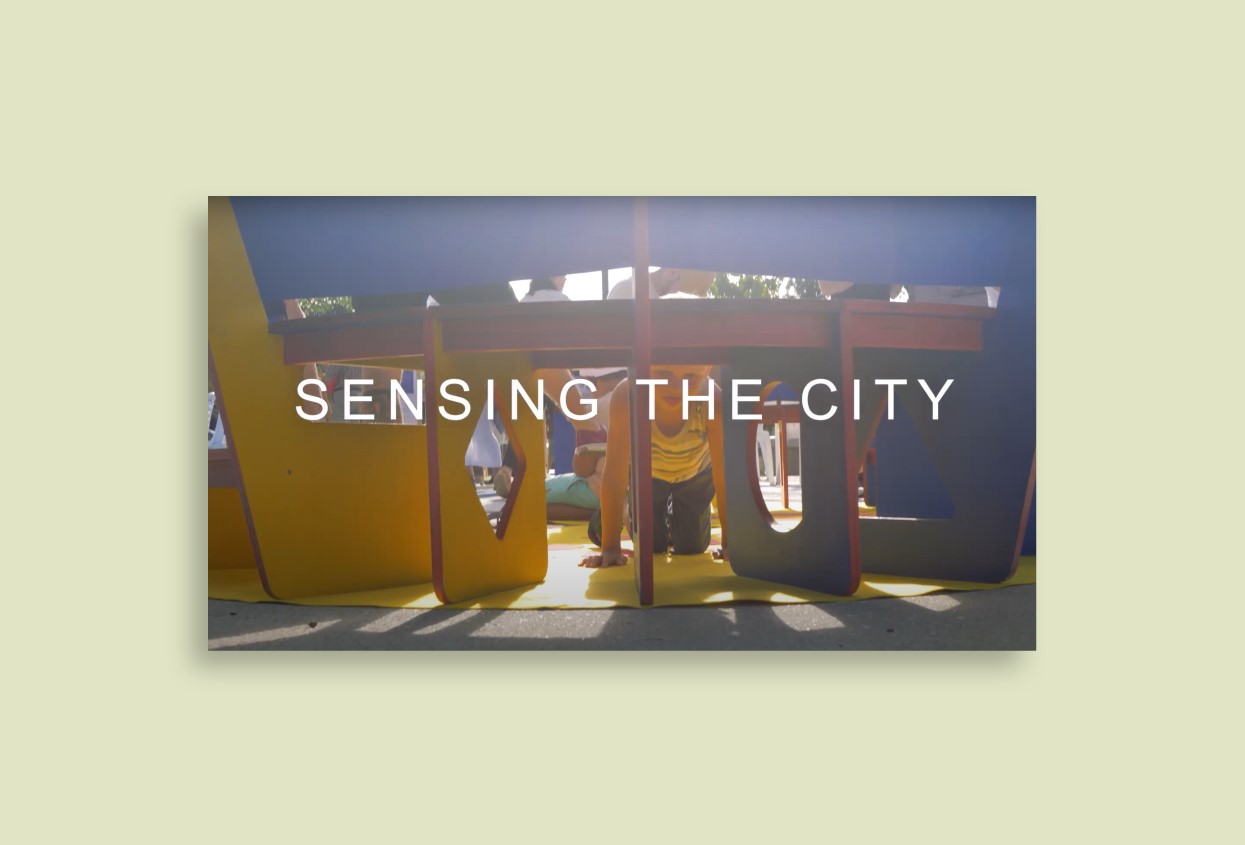
Overview
The ‘Play Satellites’ project is an interconnected network of play spaces connected by safe routes. Playgrounds function as placces older children can go independently, and younger children can go with their parents, but only if the parents have enough time to go there. Play is more often seen as an outing. By creating several smaller play satellites, on small unused pocket spaces, in the proximity of a larger playground, it is possible to create more accessible places where children can play more often, even for just 15 minutes. A participatory process in which the community is taking the lead in appointing the best pocket locations, results in a lively neighbourhood, in which play can spread over the whole neighbourhood as an everyday activity, instead of just ‘as an outing’ on the playground.
Location:
Cairo, Egypt
Organisation:
Make Space 4 Play
Partner organisations:
Takween integrated community development
Beneficiary:
Children aged 3-8 & Caregivers
Scale of proximity:
Neighbourhood
Built environment component:
Public space; pocket spaces
Design insights
Spatial/physical:
Participatory process, in which residents take the lead in appointing best pocket spaces, such as, inner courts, squares in front of religious building, empty lots with trash or old cars. Dimensions differ from a single parking place (2.5 x 6 meters) to a larger semi-public area.
Participatory process to find out the types of play mostly needed at these locations. Ideally all play satellites together fill the wide range of types of play: fantasy play, creative play, challenging play, play involving rules, repetitive play (swing, slide, turn etc), social play and observative play.
Cleaning out the place together with residents. Constructing the play satellites together with residents.
Process:
Neighbourhood scan led by residents, combining risk-mapping with mapping the potentials (2) Building a catalogue of low coast and multi-functional elements to construct together with residents fitting the desired type of play
Links:
https://www.spaceforplay.org/?fbclid=IwAR1HKYOq6HwhfwC4CnfsnSXnuu0uGXXVwi7SfBa5LjEOMvpAMgbJ36BJVOI



